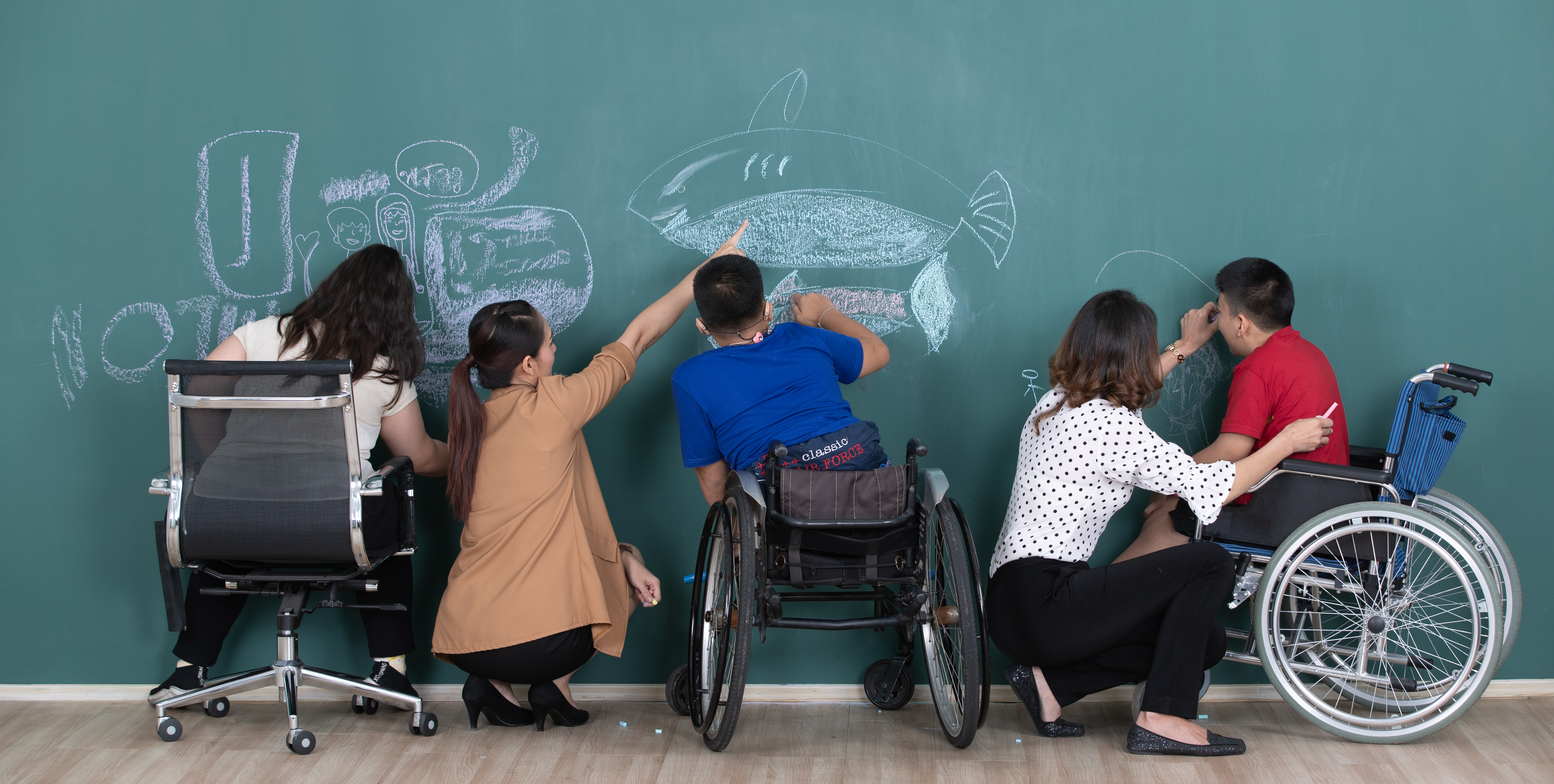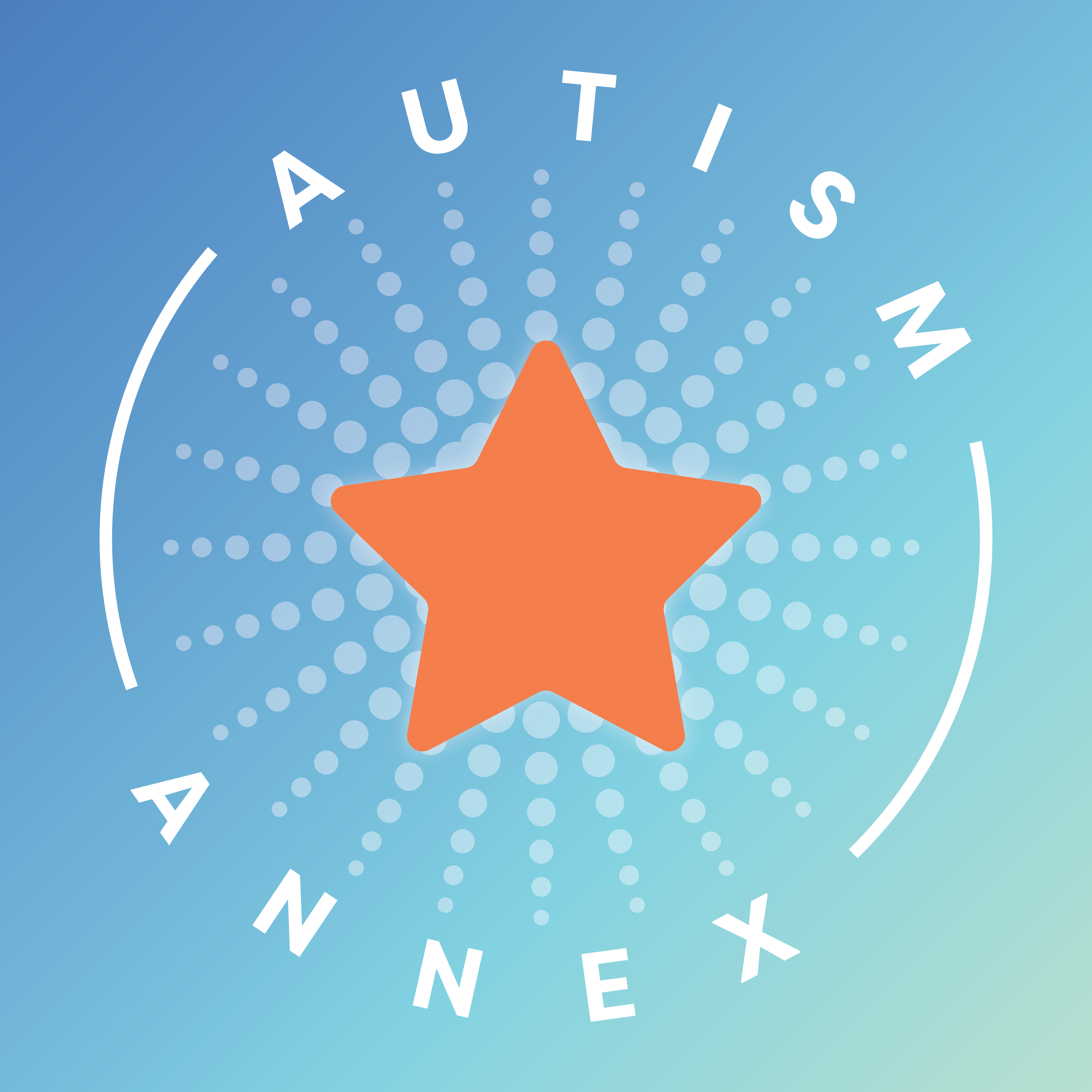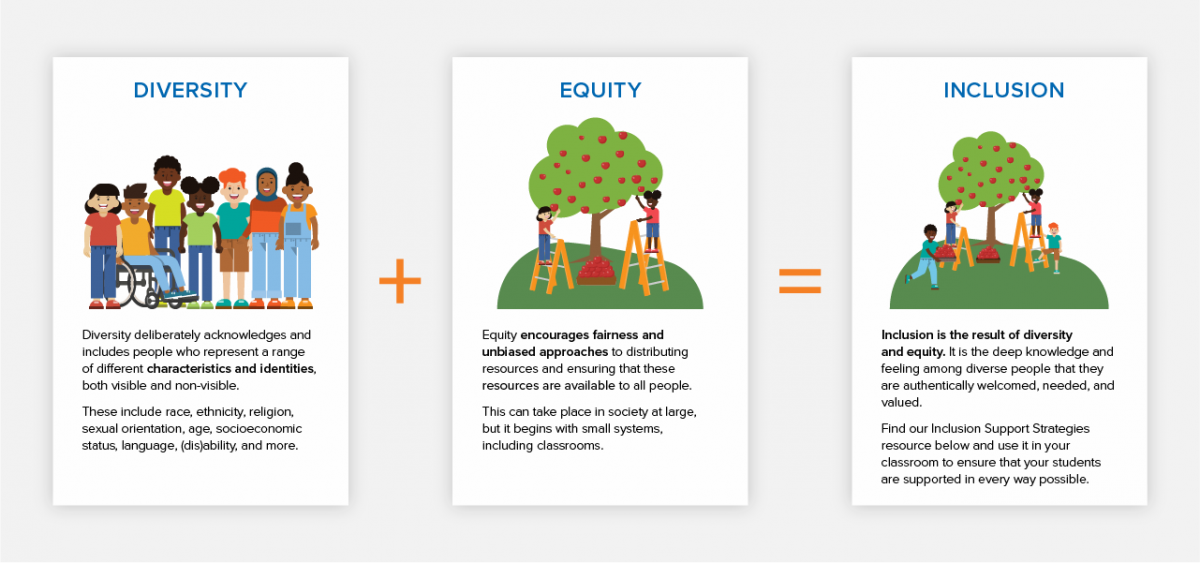September Newsletter | Diversity, Equity, and Inclusion for All

.Diversity, Equity, and Inclusion for All

Last month’s episode of the Autism Annex podcast featured Urban Assembly CEO David Adams, who outlined strategies for framing social-emotional learning (SEL) through nuanced approaches to diversity, equity, and inclusion (DEI). Listen to David’s insights, along with previous episodes on Apple Podcasts, Spotify, or wherever you get your podcasts.
In this month’s newsletter we revisit DEI as a priority for today’s special education classroom. What does it mean to foster DEI principles in the classroom? How does one get started? And who benefits from DEI? Read on for ideas to implement in your classroom this school year!
DEI: An Overview

Find our Inclusion Support Strategies, mentioned above, here.
ABCs of DEI: A Partial Checklist
How can you foster a DEI-positive environment in your classroom? On the one hand, there is no exhaustive checklist, as every classroom and group of individuals can and should look and feel different. However, considering your answers to the following ten questions may help guide you toward building an empowered classroom community:
- What conversations do you initiate with your classroom about differences—cultural, racial, religious, and beyond? How can you frame diversity as a peer learning-and-teaching goal? Our Hey, Me Too! activity is a great place to start.
- What unique skills do individuals in your classroom possess, and how are those individuals empowered to share their skills with their community?
- What are your biggest challenges when working with a diverse student body? How can you advance your own continuing education and skillsets to meet the needs of your students?
- What steps do you take daily to promote a diverse and equitable environment, and how do these steps manifest in your lesson plans and assessments? Integrate school-wide activities as ways for your students to engage with others of different backgrounds and abilities. Use our Attending a School-Wide Activity Routine Booklet to introduce best practices for attending events.
- How is your physical classroom set up to acknowledge, facilitate, and celebrate your students' varying strengths and needs?
- What strategies do you have in place for encouraging empathy among your students? Our Teaching Empathy Group Activity builds listening and social skills through the study of empathy and relational strategies.
- How do you encourage students to share and be vulnerable with one another, and how do you facilitate their peers to respond to what they hear? Our Voice Level Meter activity encourages socially appropriate behaviors for a variety of situations. Use this activity to practice having meaningful conversations and appropriate responses.
- How open are you with your students about your own experience of DEI? If this is a newfound priority for you, are you willing to share your growth with your students?
- What specific interactions or situations from your life can you draw upon to emulate or perhaps improve for your students?
- What DEI learning outcomes have you established, and how will you measure those outcomes?
Additional Resources
For more information on DEI in special education, the American Association of Colleges for Teacher Education has a series of videos and articles on promoting DEI among educators, students, and their families. Visit their website for more resources.

